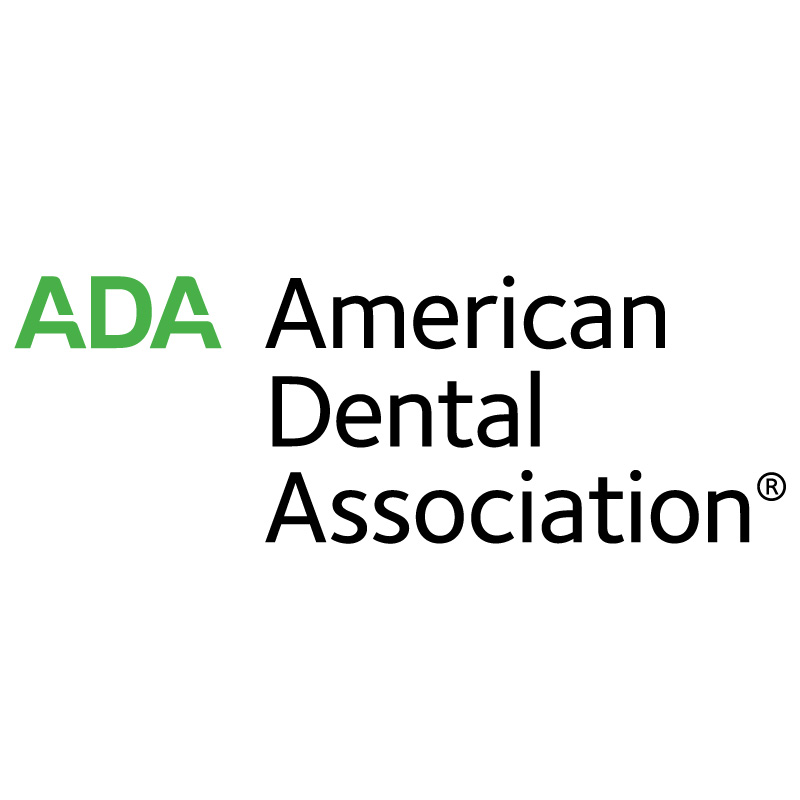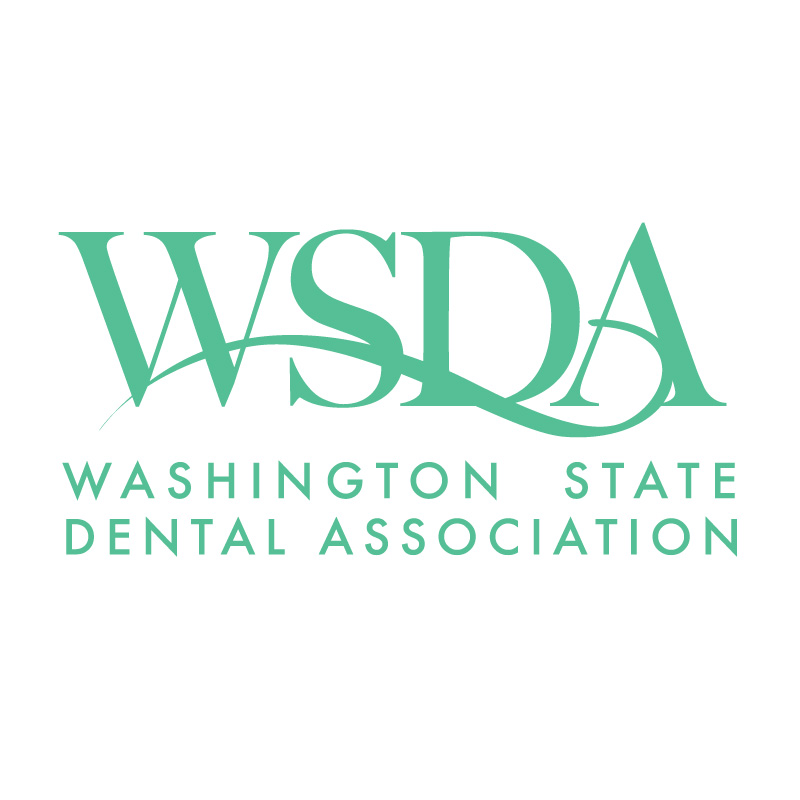There are times when a tooth cannot be saved due to decay, infection, fracture or periodontal disease. Our goal at Lynnwood Periodontics & Implants is ensure that if a tooth needs to be extracted, we are planning ahead for the next step. A ridge preservation procedure is a technique used to preserve and even grow jaw bone at the time of tooth extraction, so that later an implant can be successfully placed. Dr. Brancheau uses a minimally-invasive and predictable approach with every extraction to prevent bone loss and enhance comfort and outcomes. Whenever there is a plan for an implant, we recommend ridge preservation to establish proper bone volume for future implant placement. When an implant is placed ideally in good bone, it is set up for long-term success.
The procedure involves a consultation to review your plan and the surgical appointment takes about one hour. It is performed under local anesthesia and we will make sure your are comfortable. The tooth is removed as atraumatically as possible, preserving the surrounding bone. Dr. Brancheau then will place a bone graft into the socket, and cover the graft with a membrane barrier. The graft material is Allograft FDBA and comes from a bone bank, where is sterilized and processed so there is no chance of rejection. Occasionally, we may recommended using Bovine bone or your own bone (Autograft). The membrane covers the graft and prevents contamination and keeps the graft stable. Sutures are placed and post-op instructions given.
After 2 weeks you will be seen for a post-op appointment and to remove sutures. We will review the next step and go over oral hygiene instructions. Typically, after 3-4 months the graft is stable enough to place the dental implant. Dr. Brancheau will recommend an implant planning appointment at that time to take a radiograph or CBCT scan, review the implant procedure and answer any questions.
The procedure involves a consultation to review your plan and the surgical appointment takes about one hour. It is performed under local anesthesia and we will make sure your are comfortable. The tooth is removed as atraumatically as possible, preserving the surrounding bone. Dr. Brancheau then will place a bone graft into the socket, and cover the graft with a membrane barrier. The graft material is Allograft FDBA and comes from a bone bank, where is sterilized and processed so there is no chance of rejection. Occasionally, we may recommended using Bovine bone or your own bone (Autograft). The membrane covers the graft and prevents contamination and keeps the graft stable. Sutures are placed and post-op instructions given.
After 2 weeks you will be seen for a post-op appointment and to remove sutures. We will review the next step and go over oral hygiene instructions. Typically, after 3-4 months the graft is stable enough to place the dental implant. Dr. Brancheau will recommend an implant planning appointment at that time to take a radiograph or CBCT scan, review the implant procedure and answer any questions.
Benefits of Extraction & Ridge Preservation
- Preserves jawbone for ideal implant placement
- Can regain bone previously lost due to infection or periodontal disease
- Eliminates need for bone grafting in future
- Implants placed in grafted bone perform similar to implants in native bone
Before & After Photos
Dental Implants
Quick Contact
What People Are Saying
Affiliations
Dr. Brian Brancheau is an active member of
Dr. Brian Brancheau is an active member of



















